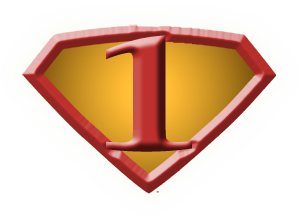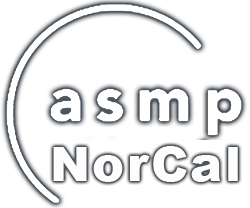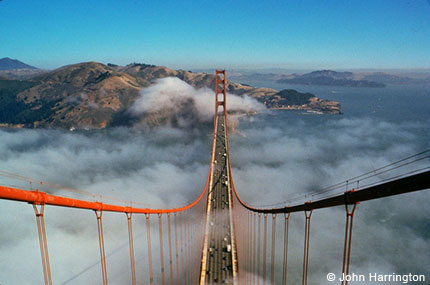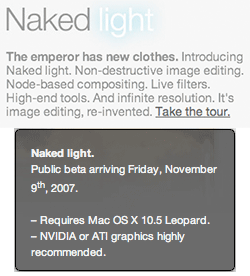Living The Power of One, & The Butterfly Effect
 I'd like to think that the reason we have the good fortune of 50,000+ views in the last 30 days, and have exceeded 300,000 since we started, is because there's something of value you, dear reader, get from these postings. What though, are you doing with that knowledge?
I'd like to think that the reason we have the good fortune of 50,000+ views in the last 30 days, and have exceeded 300,000 since we started, is because there's something of value you, dear reader, get from these postings. What though, are you doing with that knowledge?
I'd like to think that you are using these insights, whichever apply to you directly, or in a modified form specific to your needs, to make your business a better run, more efficient, effective, and, yes - profitable operation.
What are the additional benefits to you, or that you can obtain? What, if anything, are you obligated to do, in return?
Something. Last week, The Conundrum of Doing Nothing rose to become one of my more popular posts, topping 5,000 people reading it. One of the points was that by doing nothing, you set yourself up to do something. Each time I give a presentation, I end with the "ask" of the audience to take whatever they've learned from the evening, and pay it forward. It's the last slide of my presentation, and the last sentence of my book. I firmly believe that if we, collectively, pay forward whatever we learn about how to operate our businesses right, we will all benefit.
You might think to yourself that you, yourself, can't make a difference. Nothing could be further from the truth. There is an old parable, of the starfish. There are many variations, here's one:
A father and son walked along the seashore as the sun was rising, amidst thousands of starfish left by the retreating tide. The father was picking up the starfish and tossing them back into the sea. His son queried his father "Why do you do that? There are thousands of starfish here, many will die. What difference does it make?"Such is the power of one.
The father, paused, starfish in hand, said "Son, it makes a difference to this one", and returned it to the sea.
So too, might you feel as if whatever effort you make to do things right, or help others, won't make a difference. One refrain I hear from time to time from photographers is "if I say no to the bad deal, what does it matter? They will find someone else to take it." While I refer you back to Arlo's thinking on this one, so too, might you consider the The Butterfly Effect:
The flapping wing represents a small change in the initial condition of the system, which causes a chain of events leading to large-scale phenomena. Had the butterfly not flapped its wings, the trajectory of the system might have been vastly different.Your efforts, even in small ways, can - and do, make a difference. While you may never see the difference made, it's those types of efforts, the ones you make for which the yield is unknown to you, is among the most altruistic.
So, I encourage you to recognize your own power, as just one individual, and that your efforts are akin to the butterfly effect, and actually are making a difference. As to the additional benefits to you? The benefit of knowing you're doing well, by doing good.
Please post your comments by clicking the link below. If you've got questions, please pose them in our Photo Business Forum Flickr Group Discussion Threads.
 I'm heading to my old stomping grounds (I am a bay area native) to give a presentation to the ASMP NorCal chapter.
I'm heading to my old stomping grounds (I am a bay area native) to give a presentation to the ASMP NorCal chapter. 


 In mining parlance, "Naked Light"
In mining parlance, "Naked Light" 

